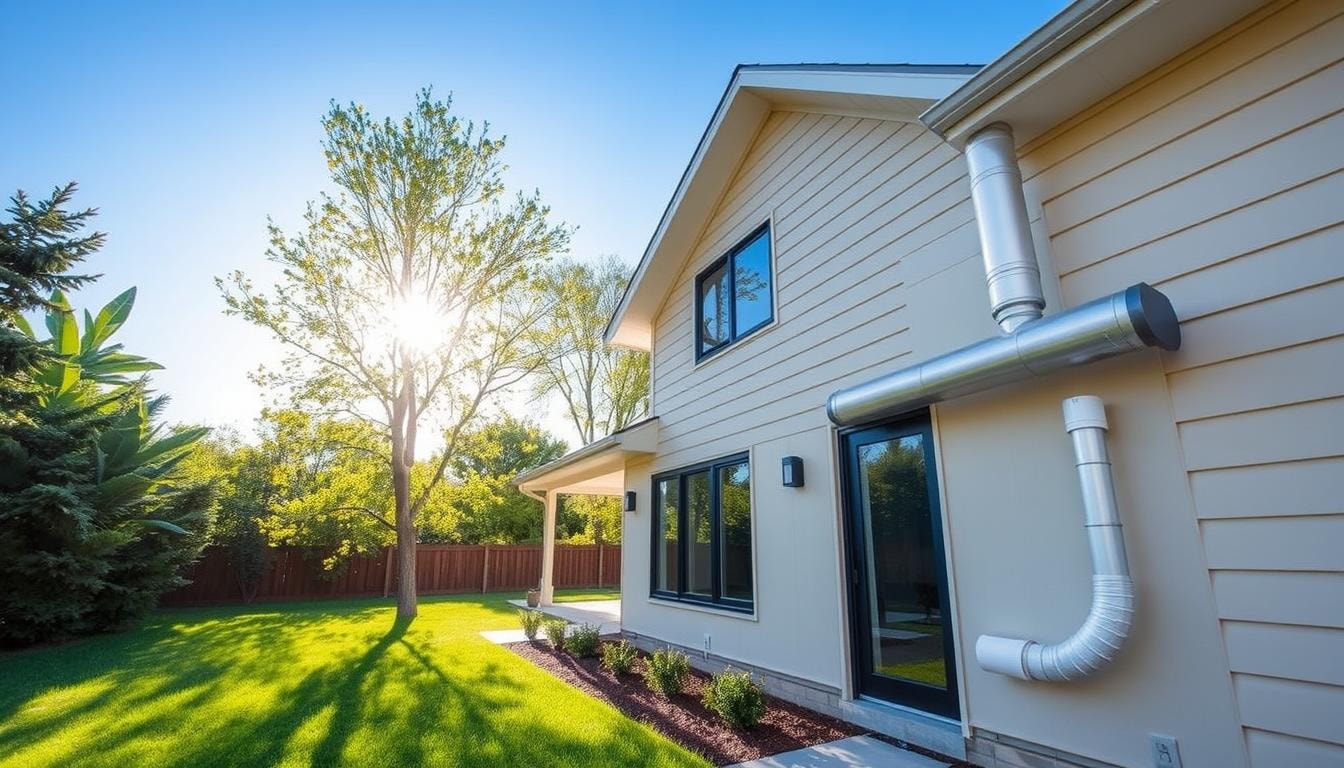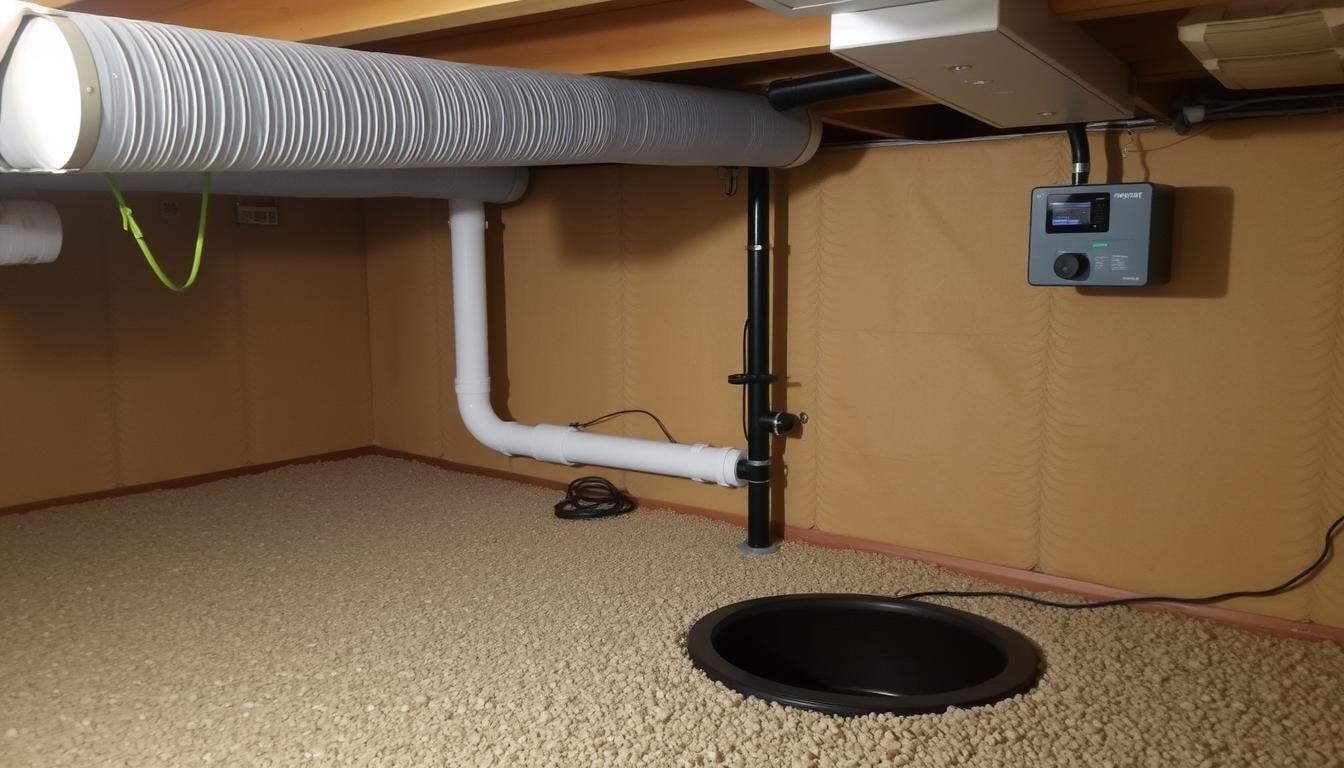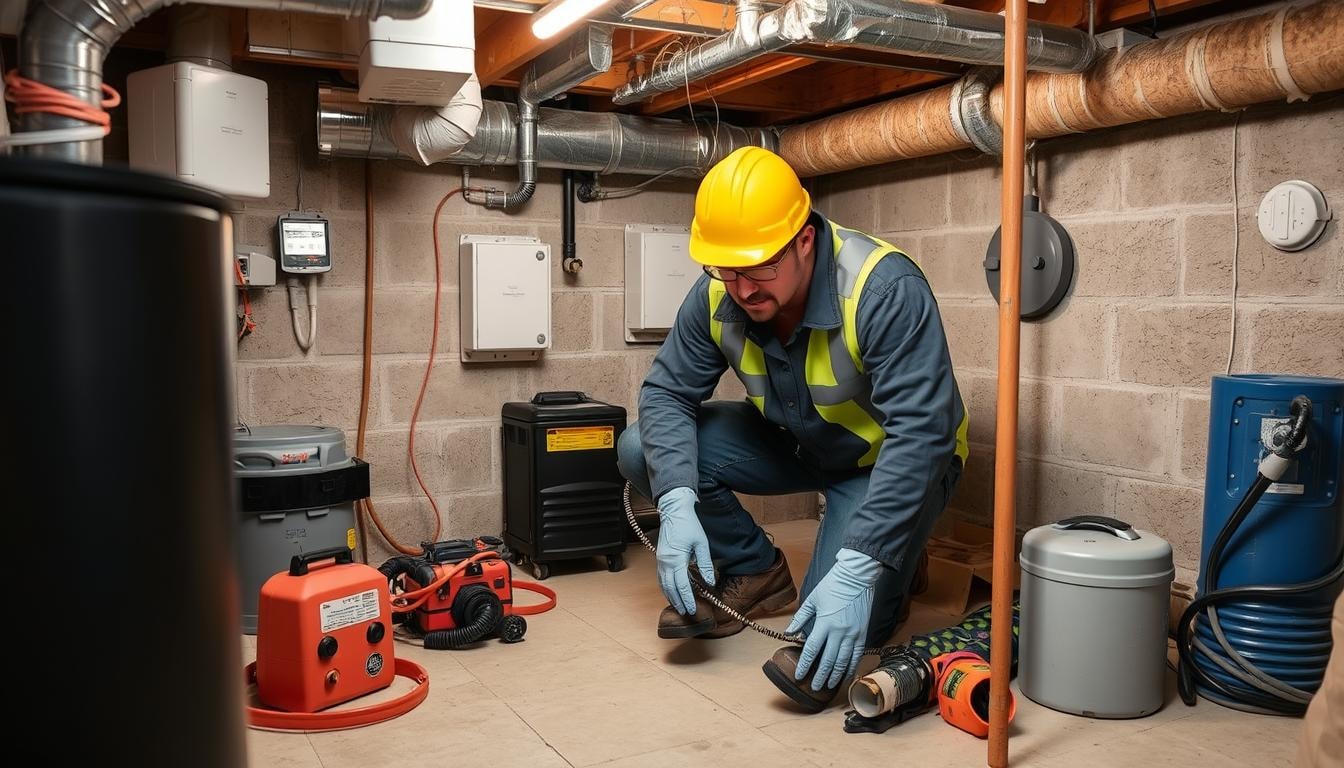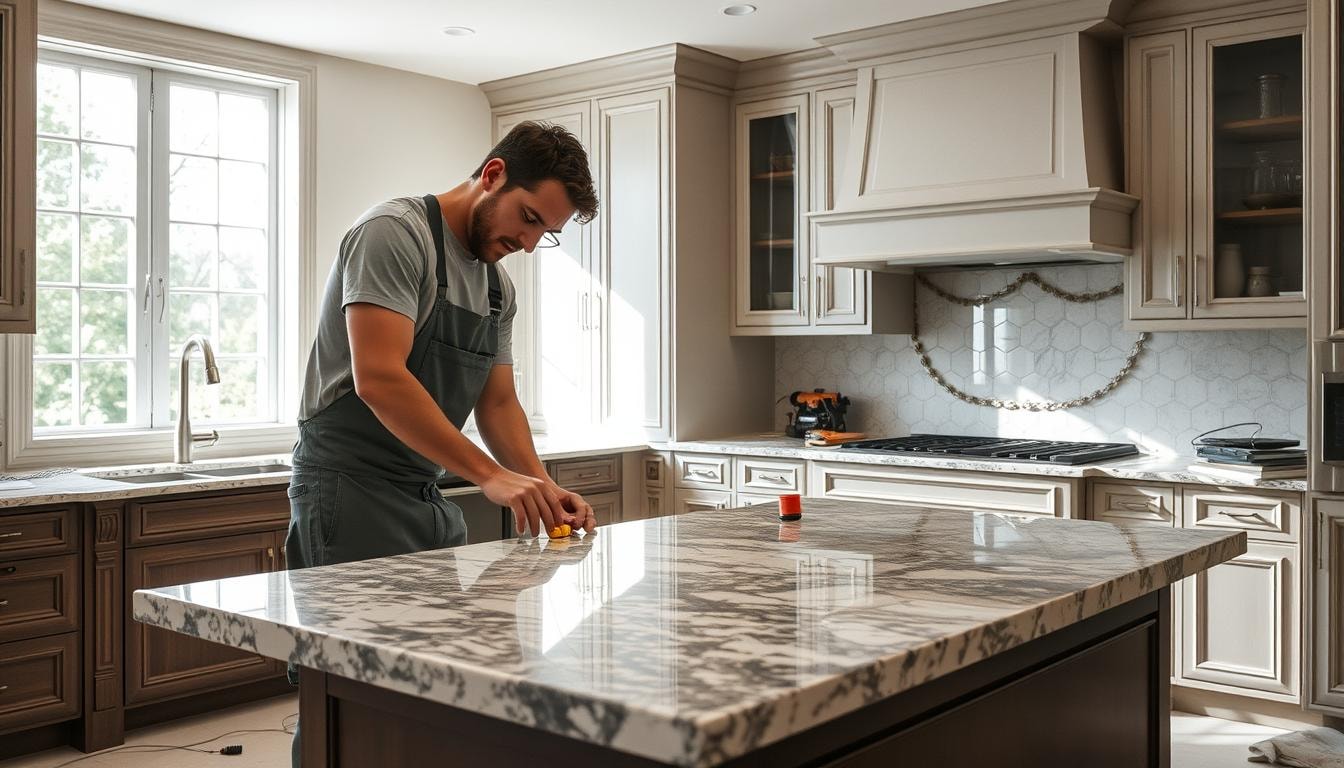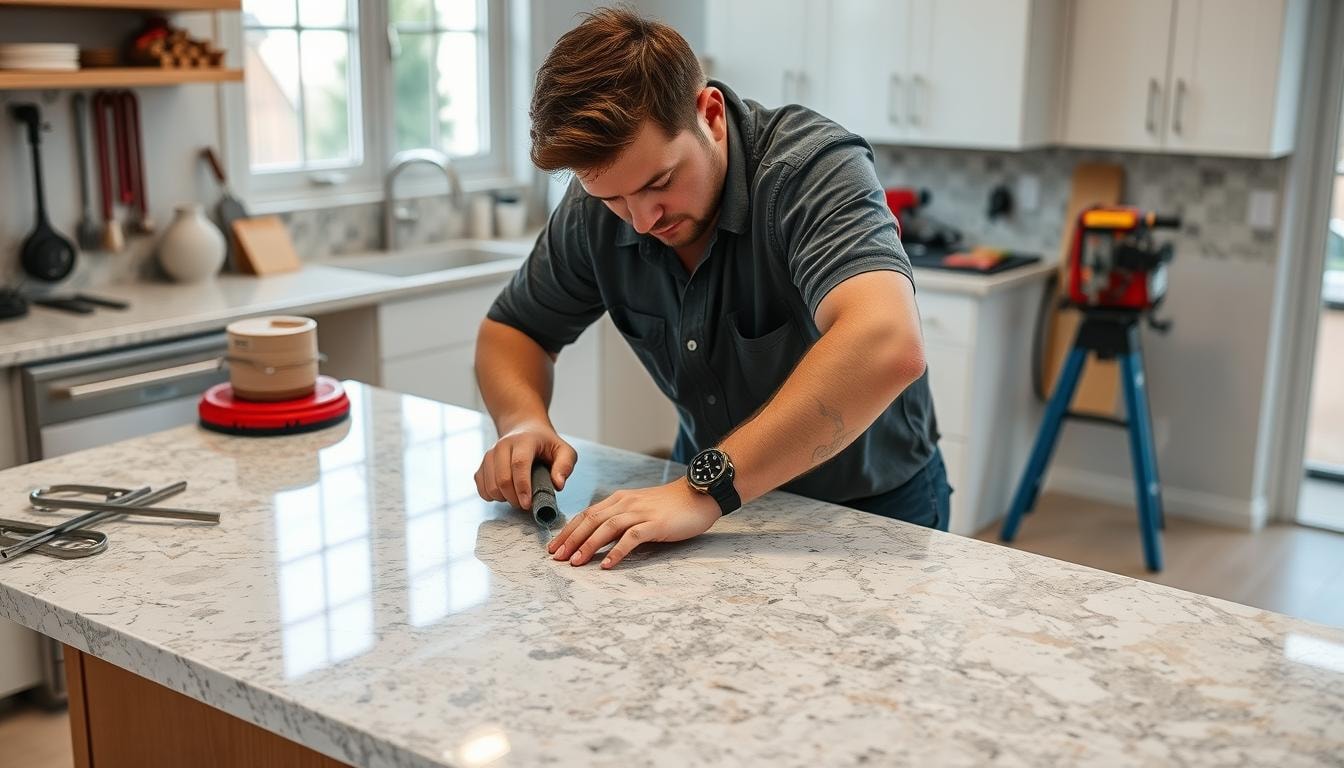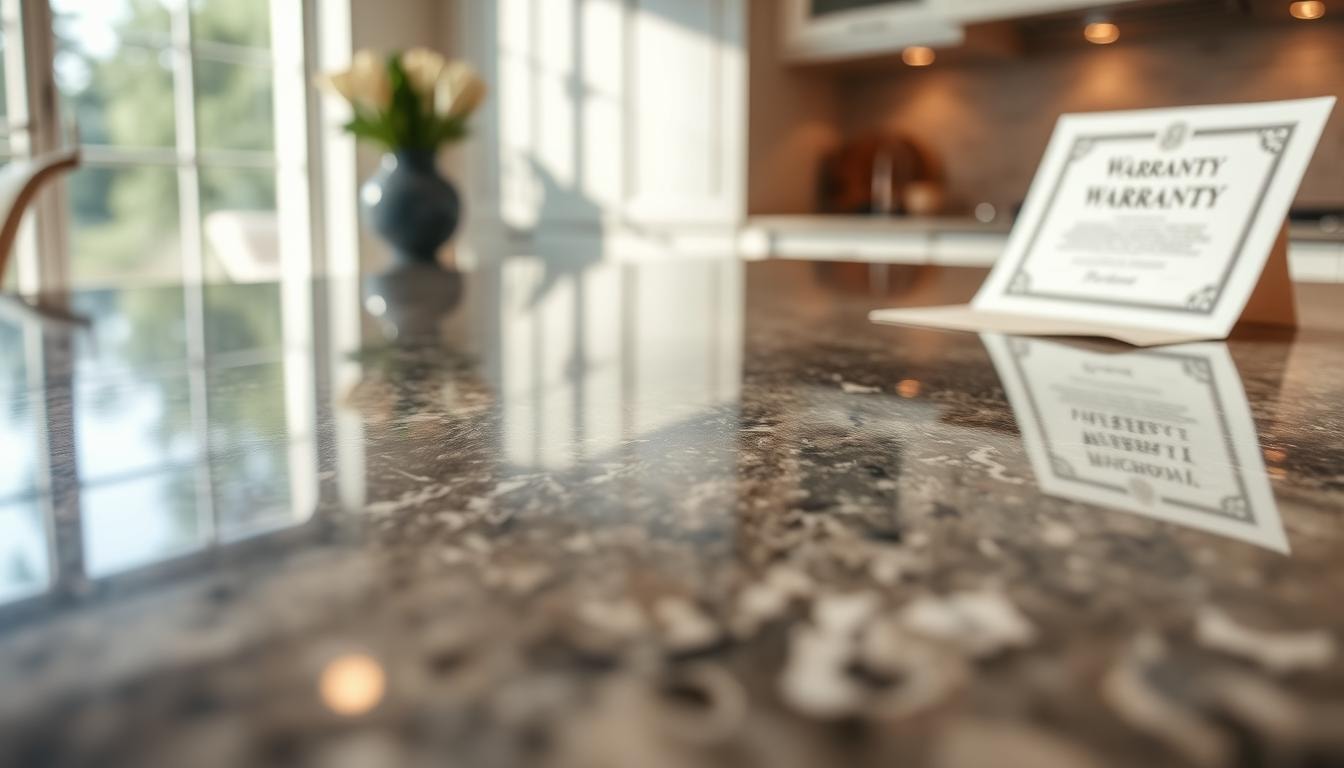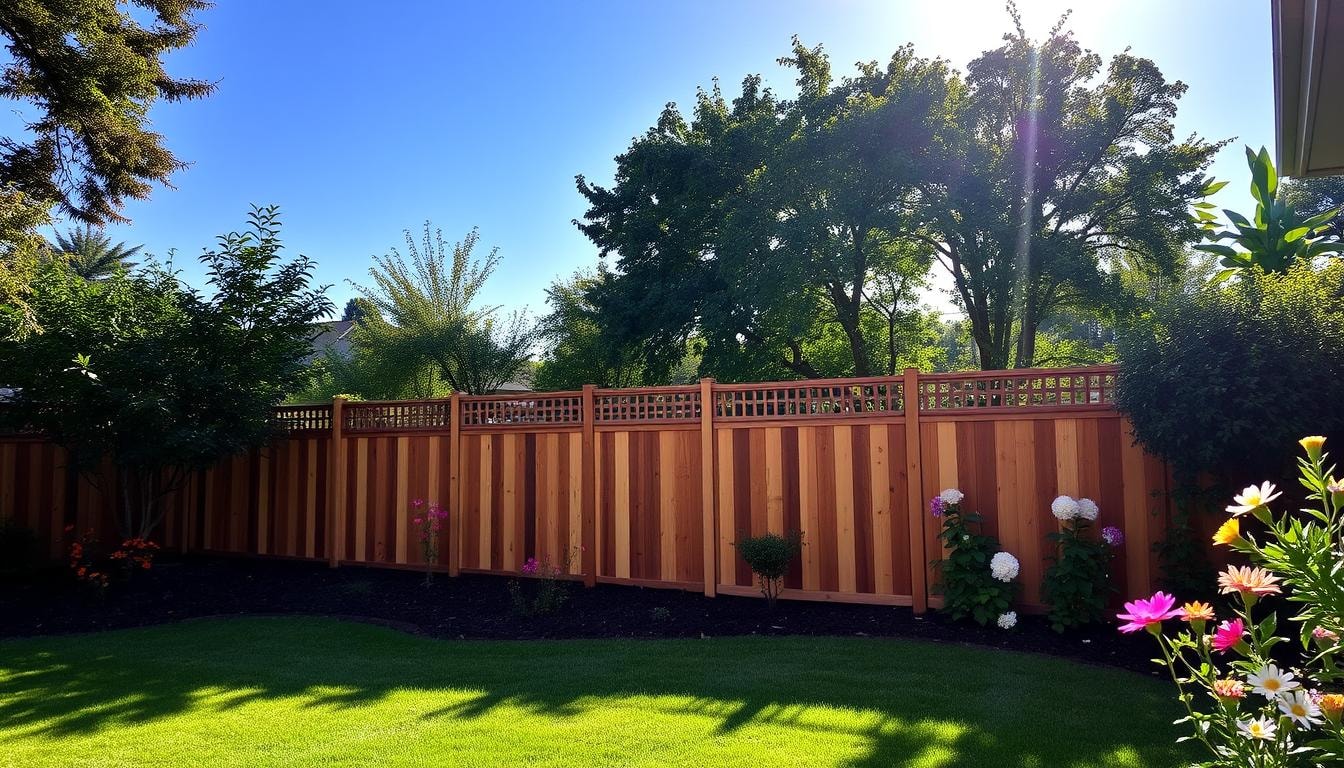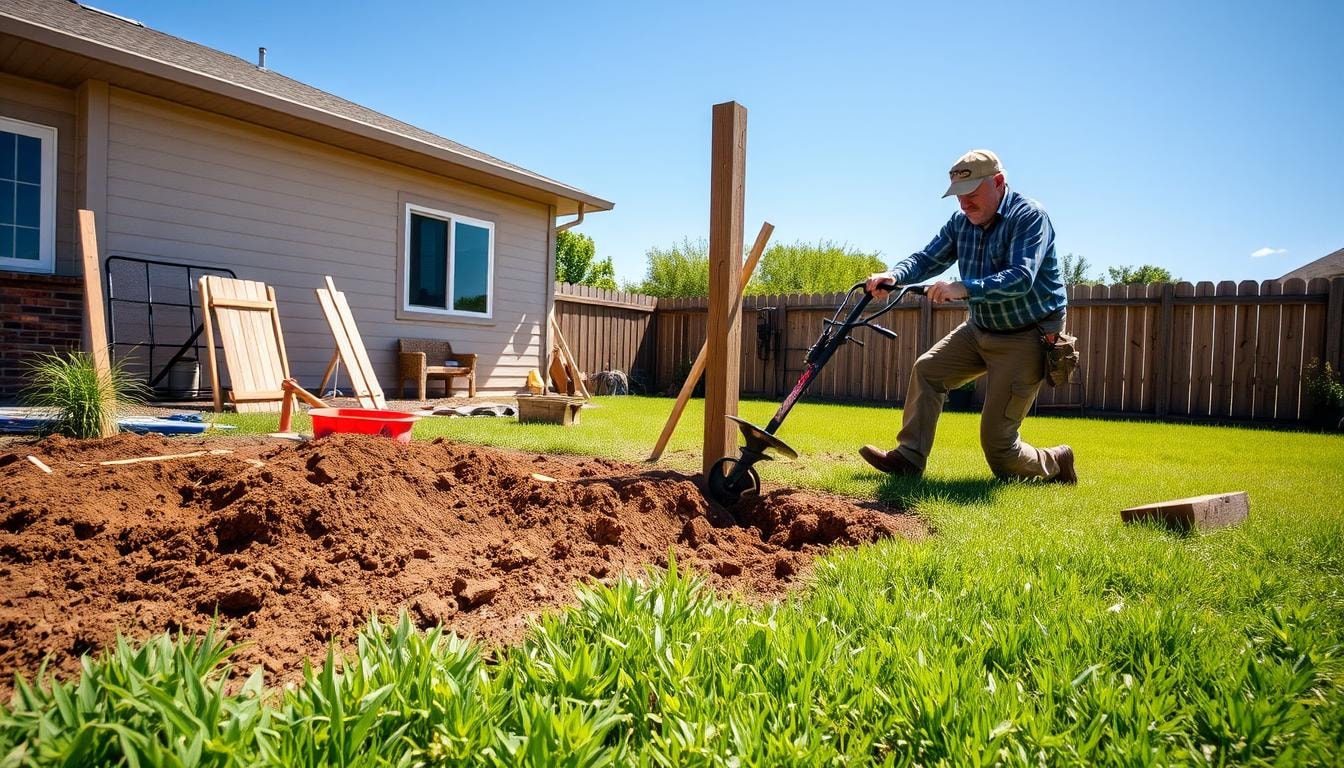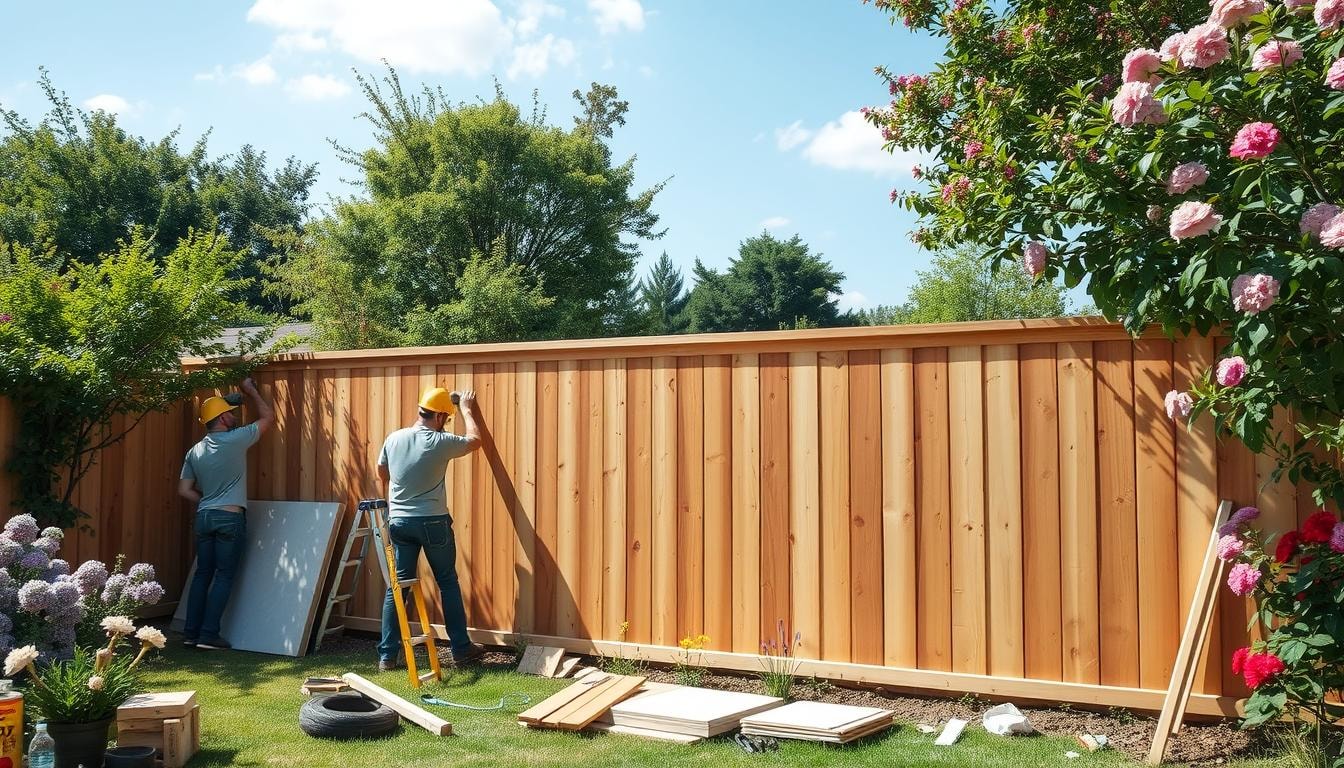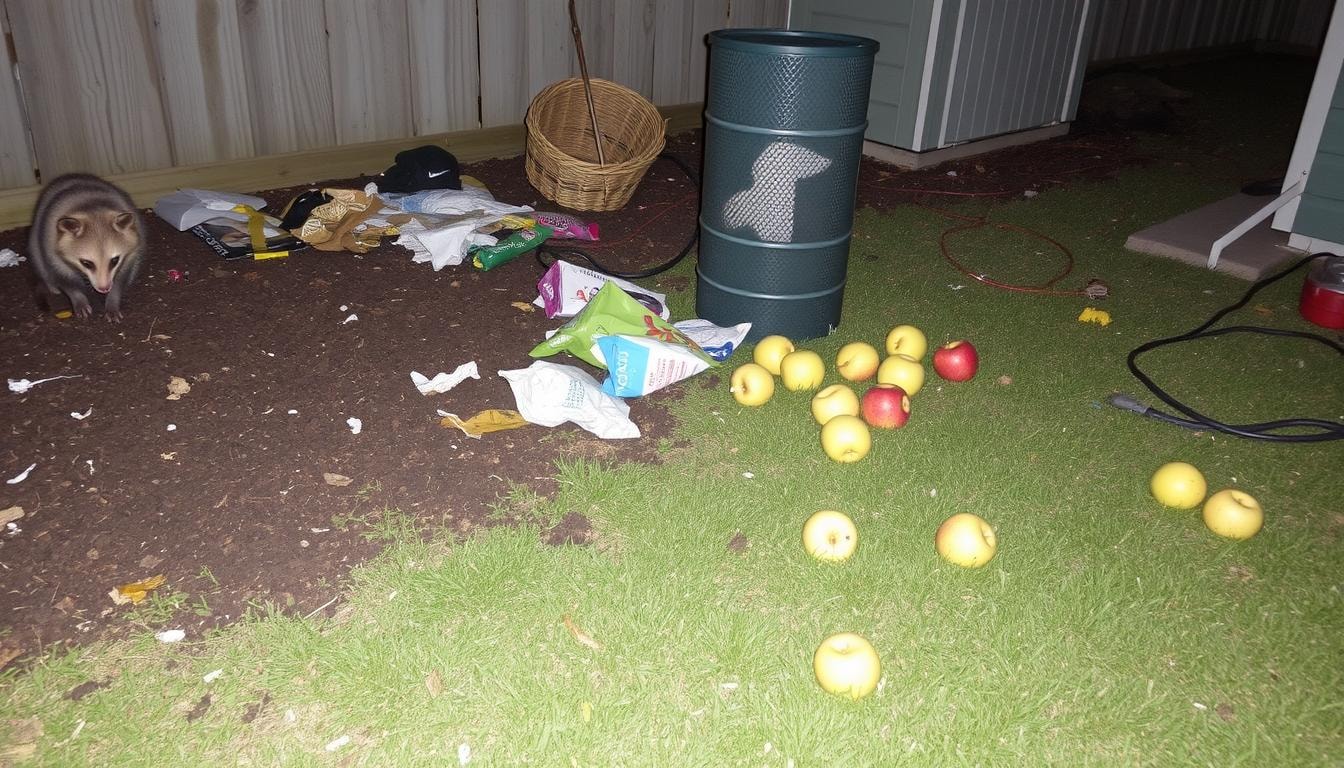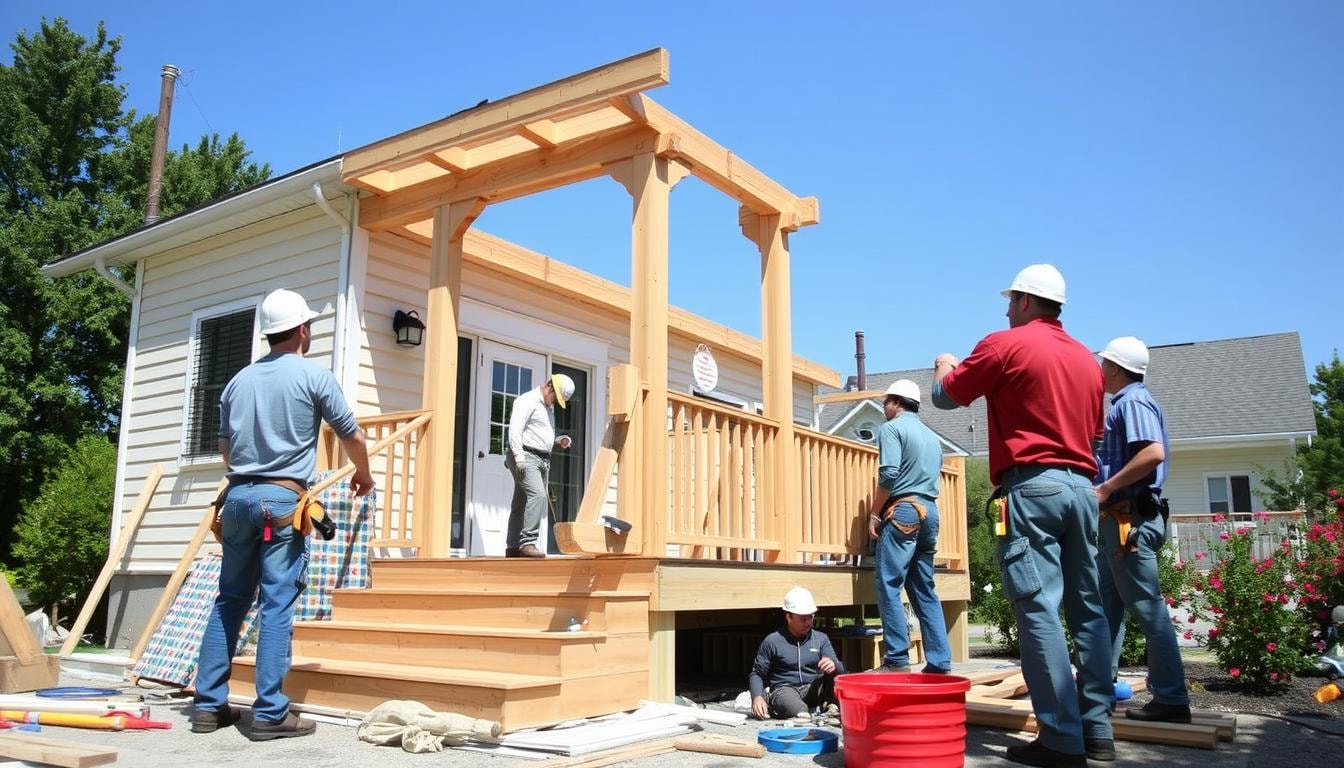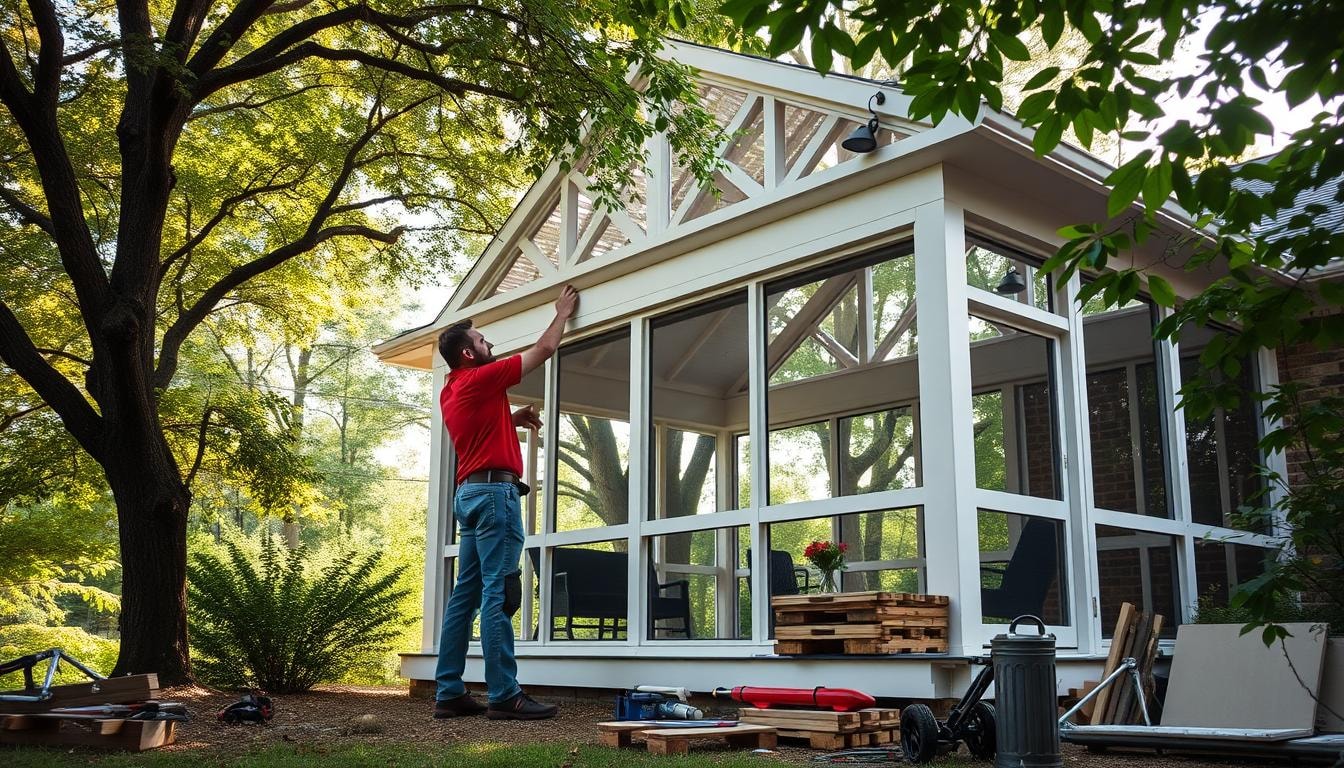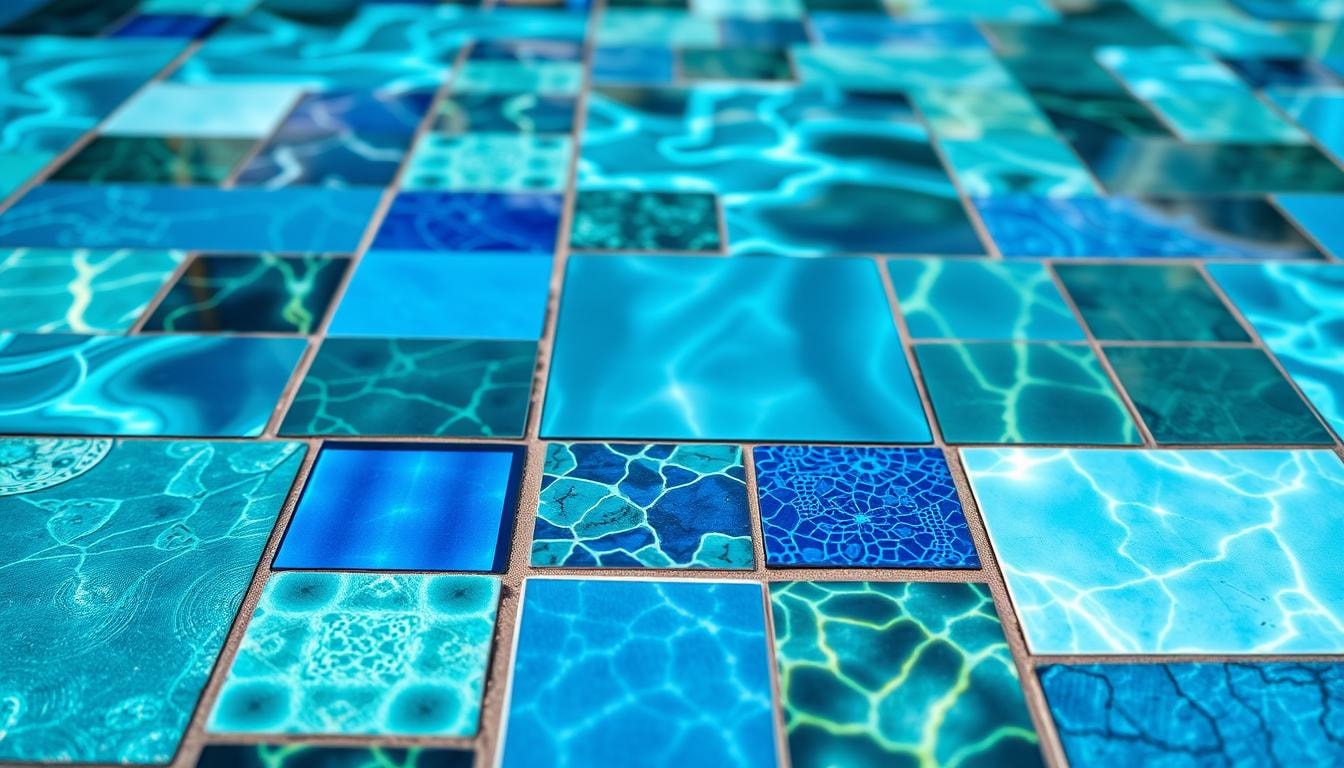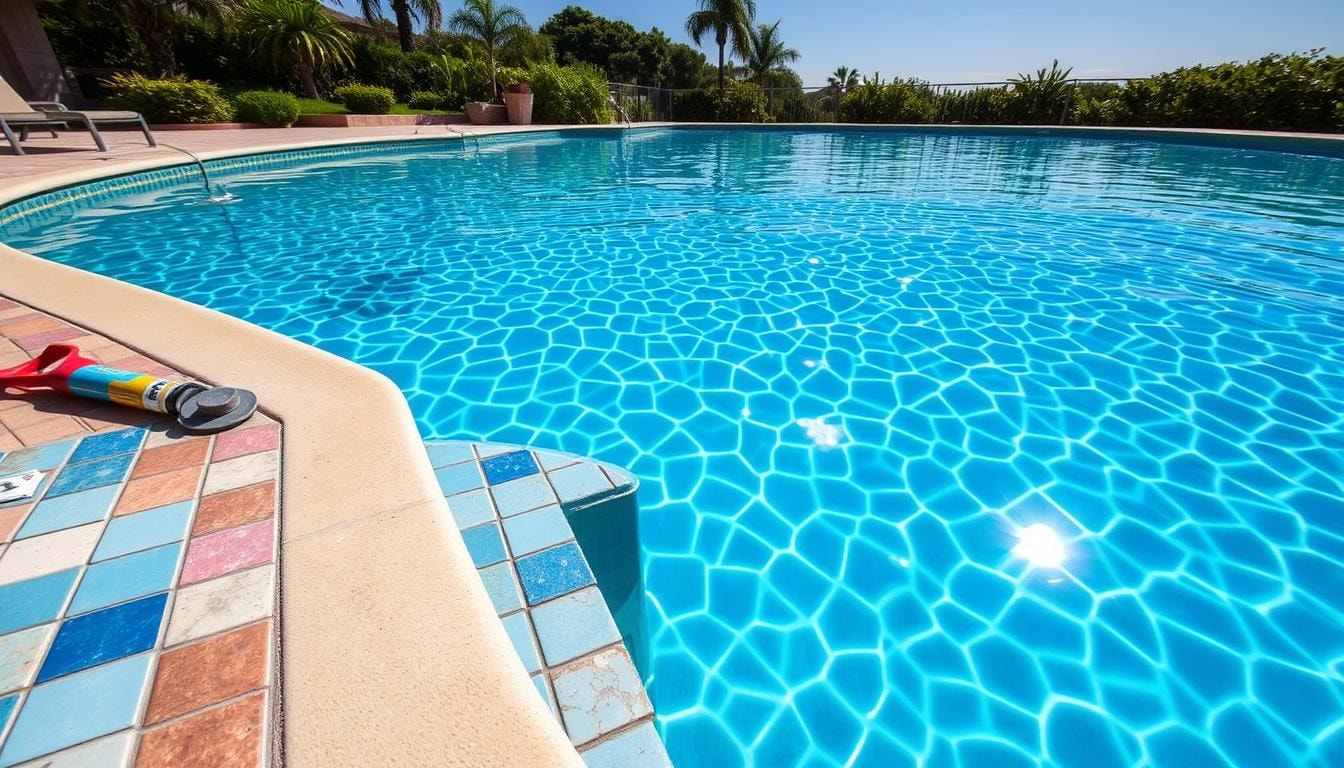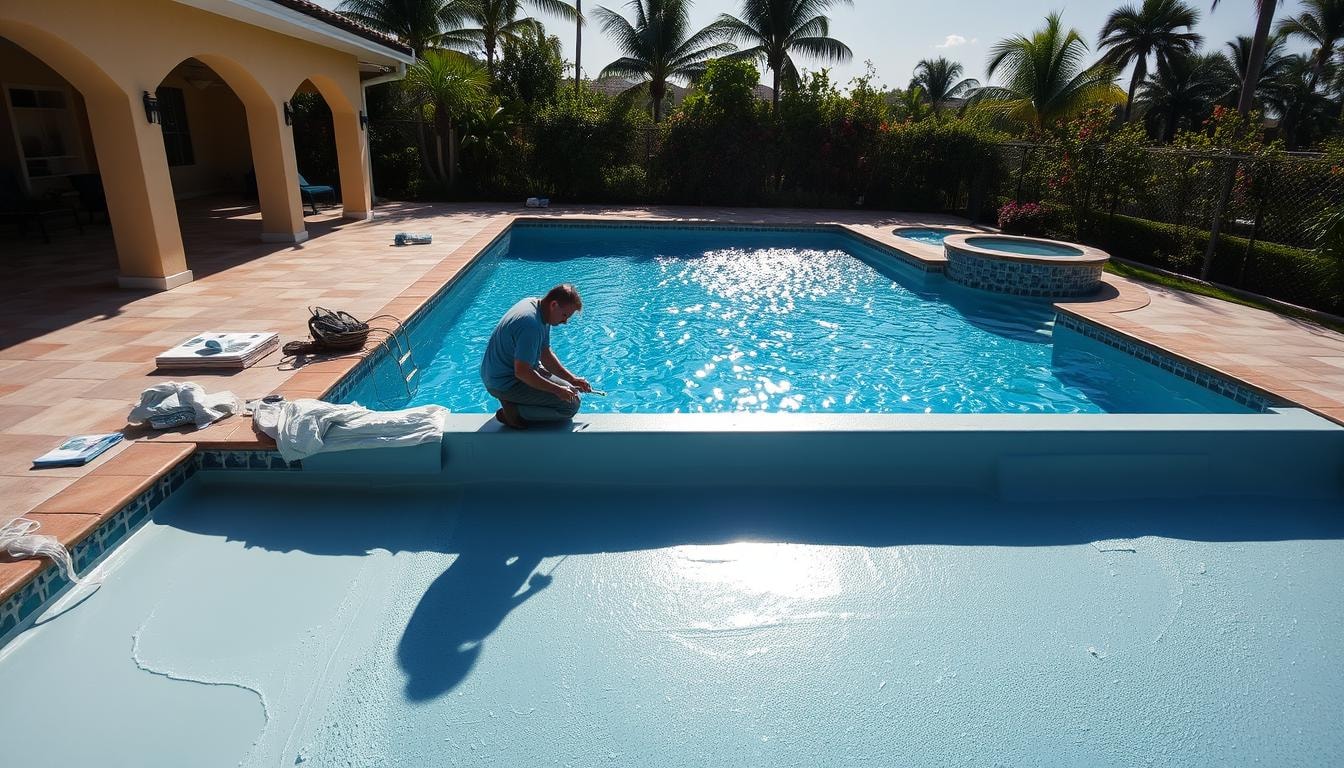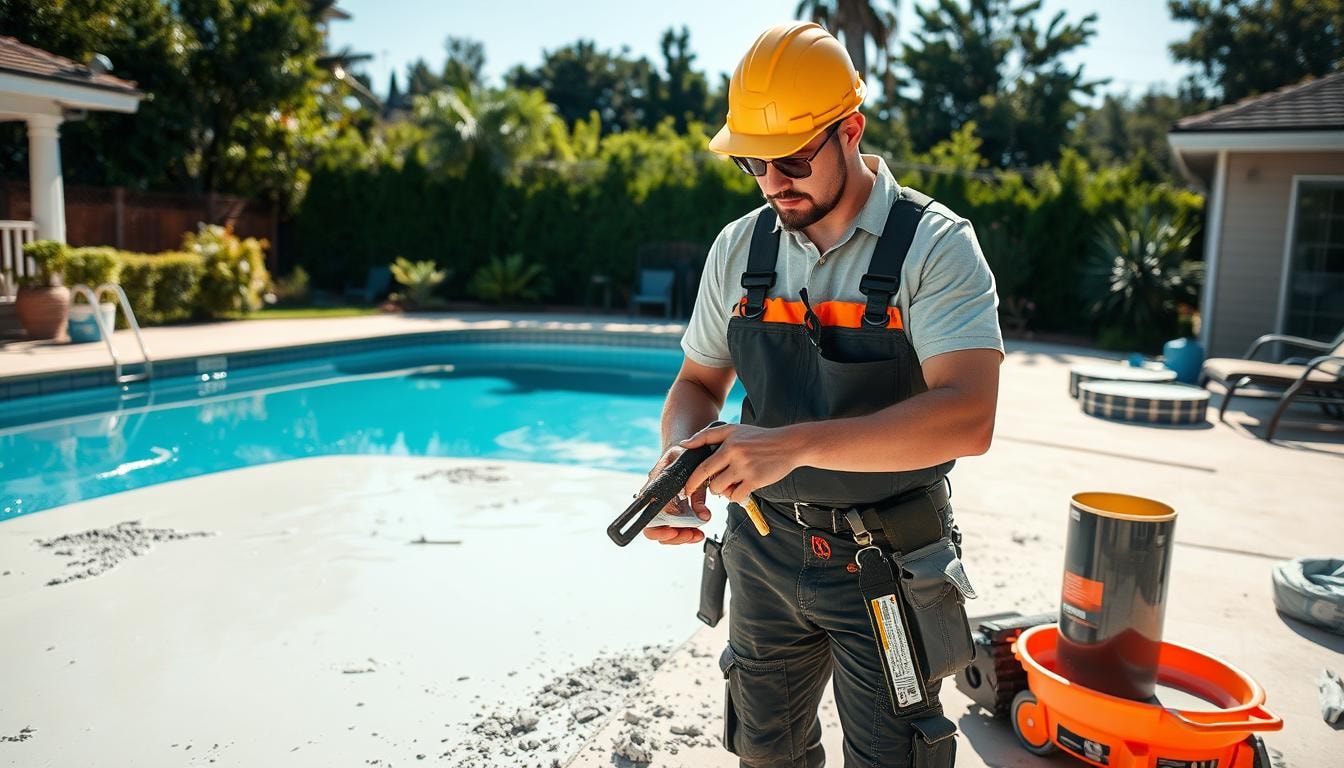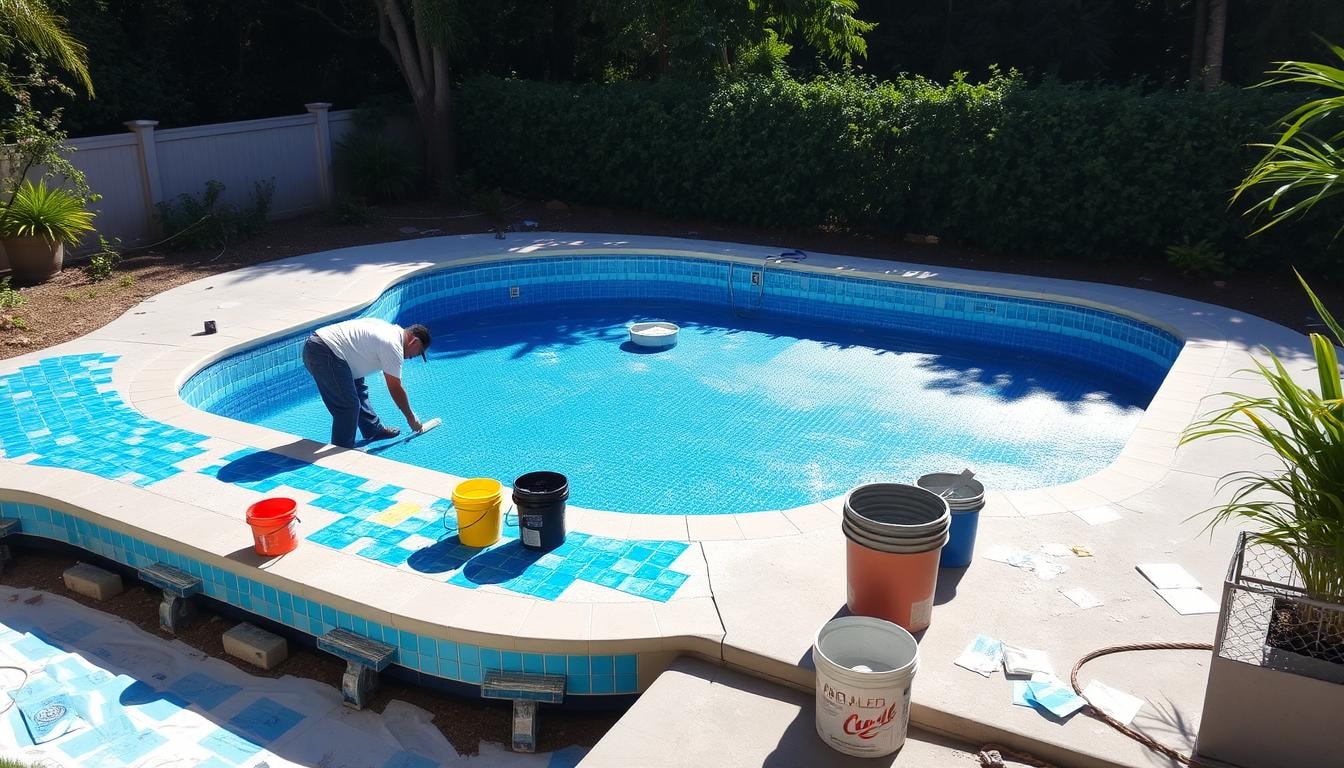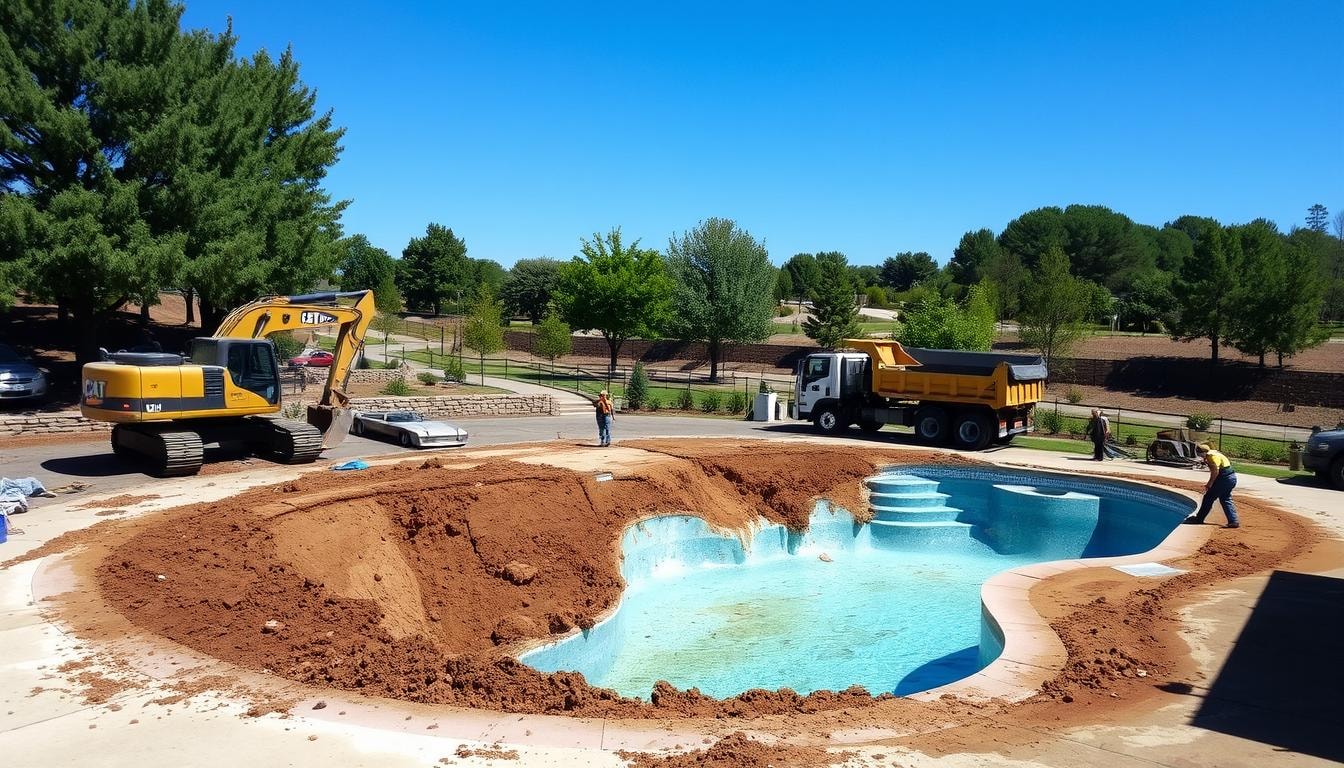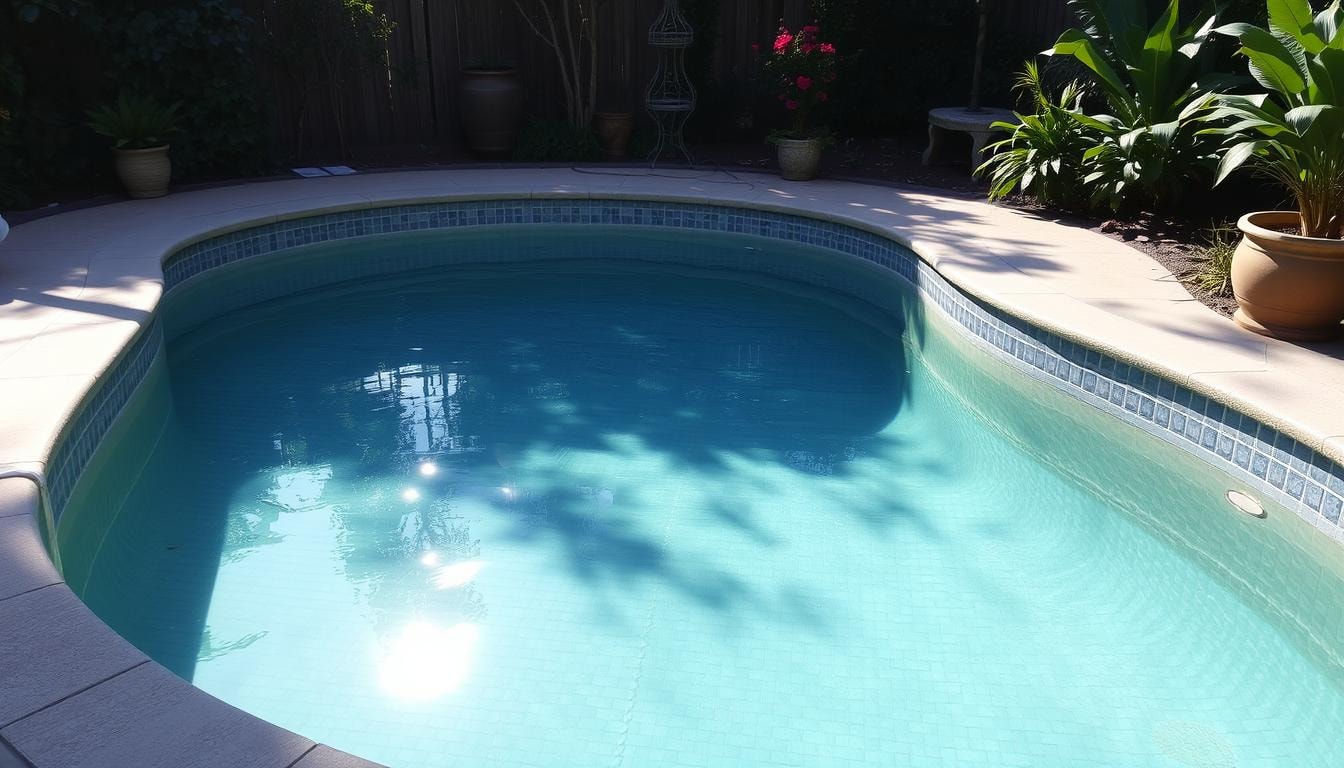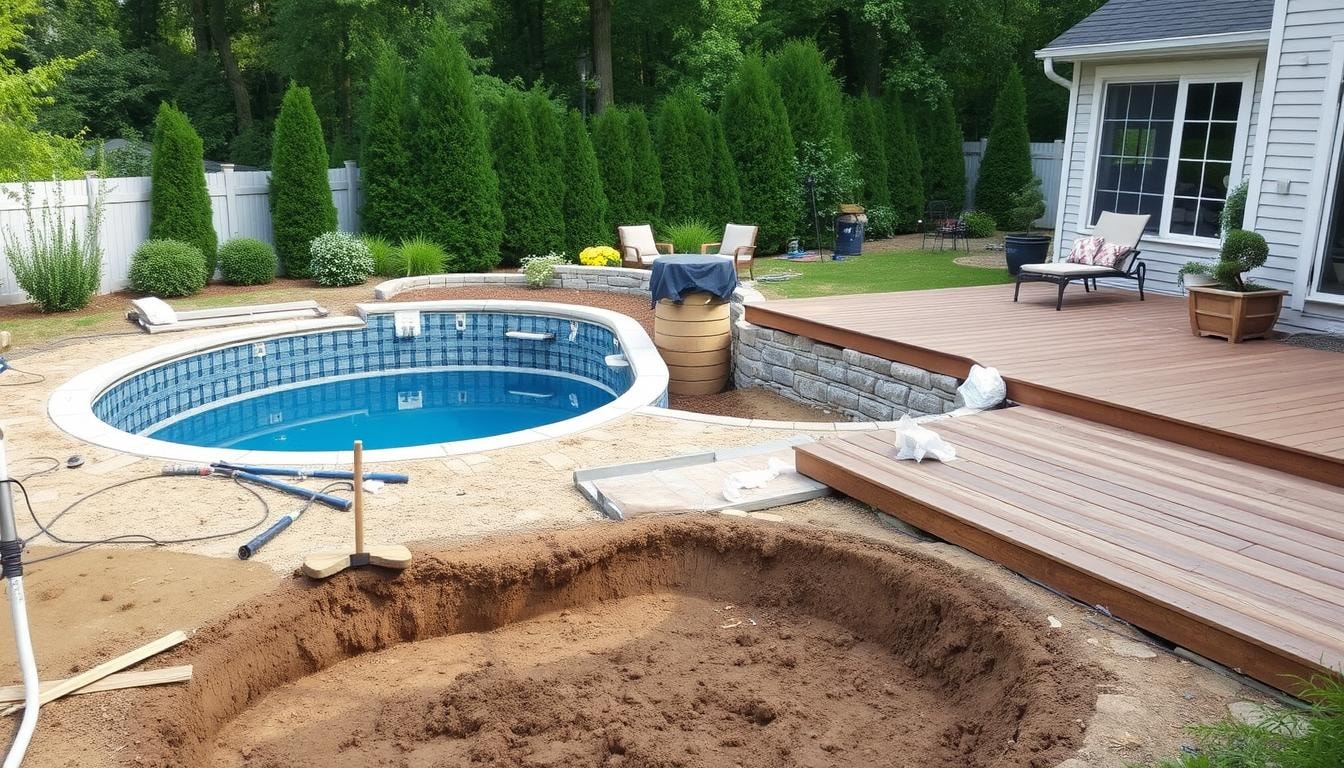Range Hood Installation Near You
Can’t find what you are looking for?
How It Works
-
Answer a few questions about your home project.
-
Within seconds, get matched with top-rated local pros.
-
Compare quotes and choose the best pro for the job.
Range Hood Installation In Your Area
Hiring a Professional for Range Hood Installation: What to Expect
Meta Description: Discover what to expect when hiring a pro for range hood installation. Learn about costs, timelines, and key considerations for a successful kitchen upgrade.
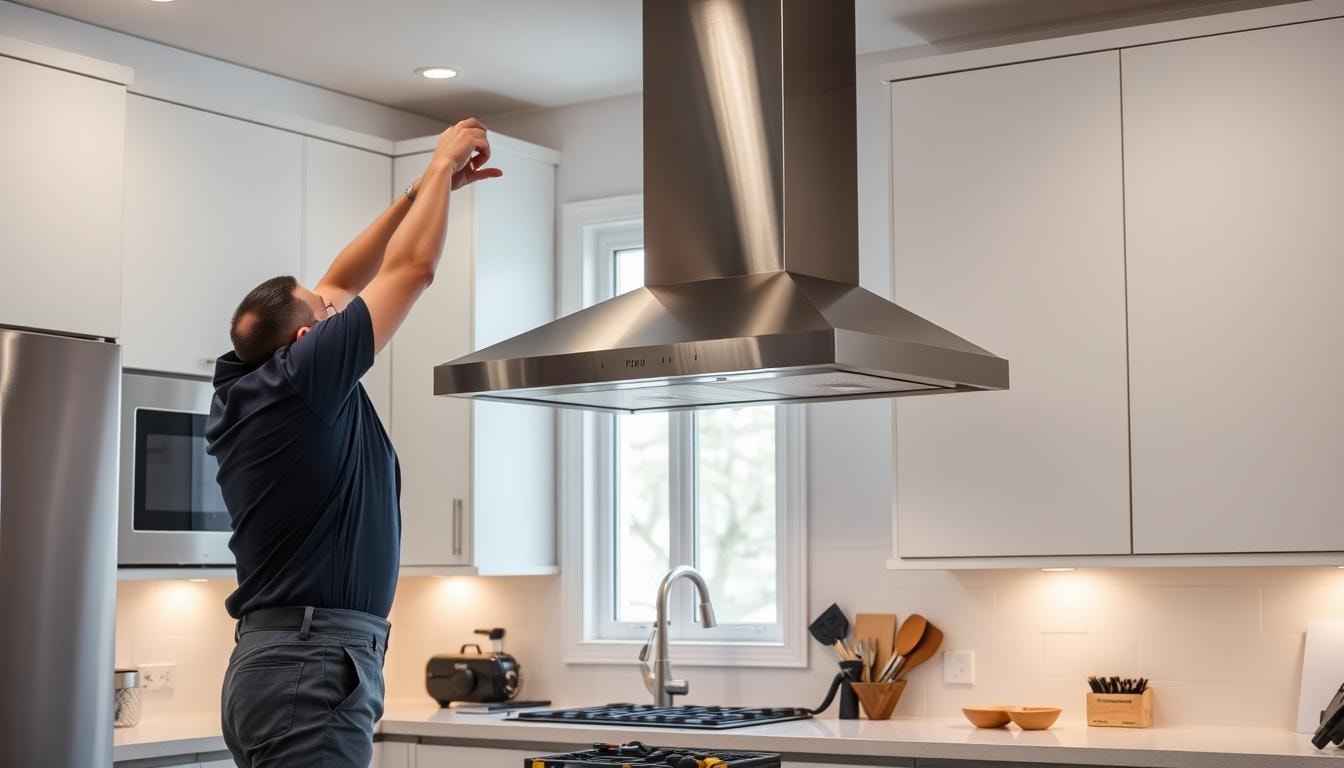
Installing a new range hood might seem like a DIY project. But hiring a pro HVAC contractor can make it easier. Let’s explore what to expect when getting help with your range hood installation.
A professional can ensure a smooth and efficient process. They bring expertise that can save you time and hassle. Plus, they can handle any unexpected issues that may arise.
Key Takeaways
- Range hood installation costs can vary widely, from $175 to $3,150, with an average of around $750.
- Basic installation typically takes 2-4 hours, with labor costs averaging $50-$100 per hour.
- Additional factors like ventilation method, local labor rates, and brand/style can impact the overall cost.
- Hiring an HVAC contractor is recommended for a successful and safe range hood installation.
- HVAC contractors offer expertise, efficient service, and potential warranty coverage.
Different Types of Range Hoods
Range hoods are essential for clean and comfortable kitchen spaces. They come in various styles to fit different layouts. Let’s look at the main types and their features.
Under-Cabinet Range Hoods
Under-cabinet range hoods save space and are budget-friendly. They cost between $75 and $500. These hoods fit beneath hanging cabinets, right above the stovetop.
Their compact size works well in kitchens with limited cabinet space. They provide efficient ventilation for your cooking area.
Wall-Mounted Range Hoods
Wall-mounted range hoods offer style and versatility. They typically cost $160 to $700. These hoods mount on the wall above your cooktop.
They can save cabinet space and add a modern look. Make sure the hood matches your kitchen’s design.
Island Range Hoods
Island range hoods are perfect for cooktops on kitchen islands. They hang from the ceiling, becoming a focal point.
Prices range from $320 to $1,000, with high-end models costing more. They ensure good ventilation but can be complex to install.
Ventilation Methods: Ducted, Ductless, and Convertible
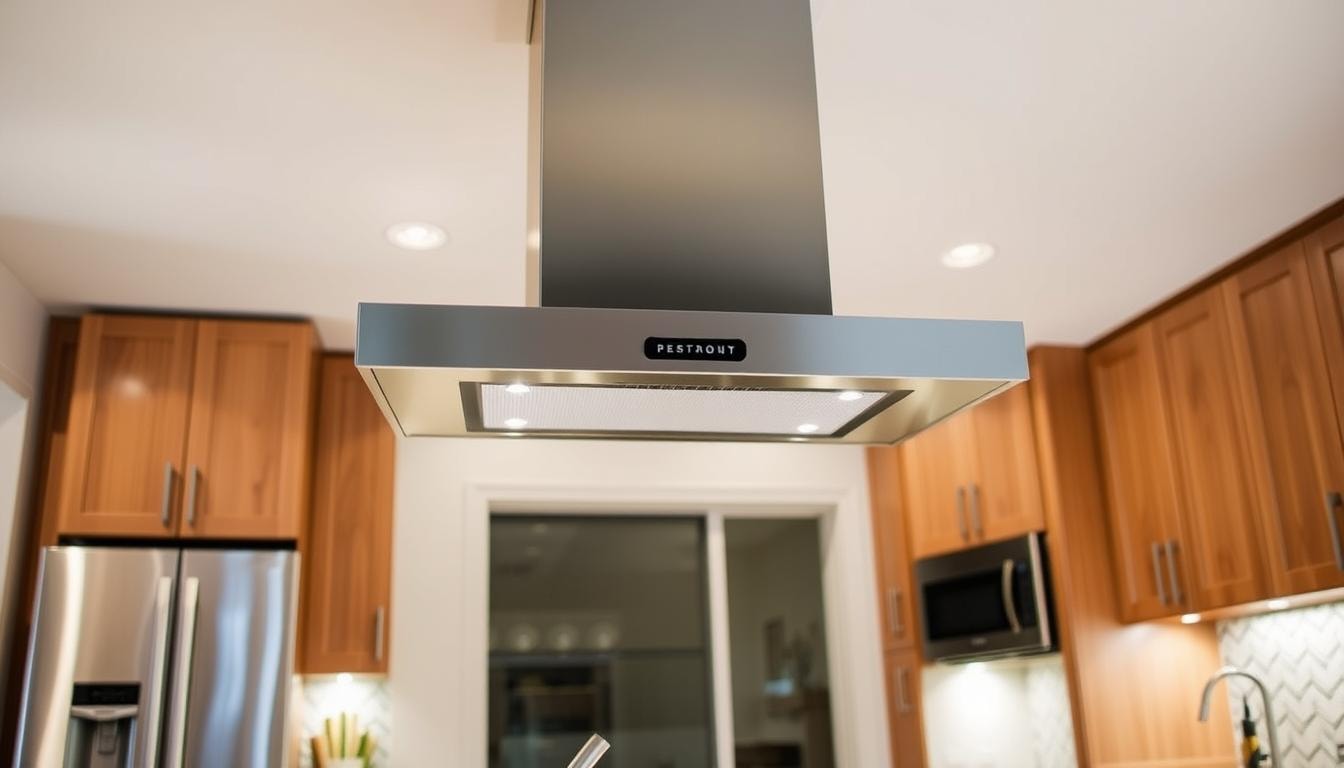
Range hoods come in three main types: ducted, ductless, and convertible. Each type has its own pros and cons for homeowners.
Ductless Range Hoods are the cheapest, costing $75 to $300. They don’t need ductwork, which cuts down on labor costs. But they’re not as good at removing pollutants and hot air.
Ducted Range Hoods push air outside and cost $200 to $500. Ductwork installation adds $100-$600 more. These hoods are stronger and better at getting rid of smells and heat.
Convertible Range Hoods can switch between ducted and ductless modes. They cost $300 to $1,000. These hoods give you more options for your kitchen ventilation needs.
When picking a range hood, think about venting power, noise, heat tolerance, and cooking surface size. Good ventilation keeps your kitchen fresh and comfy.
Whirlpool® convertible range hoods have cool features like LED lights and quiet technology. They can work with or without ducts. These hoods let you choose the best way to vent your kitchen.
Cost Factors for Range Hood Installation
Installing a new range hood can cost different amounts. The price depends on the hood type, ventilation method, and labor needs.
Type of Range Hood
Range hood types affect installation costs. Under-cabinet hoods are cheapest, costing $700 to $1,000 for unit and installation.
Wall-mounted and island hoods range from $700 to $1,400. Downdraft hoods are pricier, with installation costs between $1,500 and $3,000.
Ventilation Method
Your chosen ventilation system impacts the overall cost. Ductless systems recirculate air and cost $100 to $300 to install.
Ducted systems vent air outside. They cost $100 to $1,000 to install, depending on ductwork complexity.
Labor Requirements
Labor costs make up a big part of the total expense. Basic installation takes 2 to 4 hours at $50 to $100 per hour.
Extra tasks like ductwork or electrical work can add $100 to $600 more. Electrical work might cost an additional $100 to $450.
Why Hire an HVAC Contractor for Range Hood Installation
HVAC contractors are experts in ventilation systems and electrical wiring. They ensure safety standards and building codes are met during range hood installation. Their specialized knowledge makes them ideal for this job.
These professionals simplify the installation process, guaranteeing a safe and effective setup. They handle permits and integrate the ventilation system into your home’s ductwork.
- HVAC contractors are state-qualified technicians who specialize in installing HVAC systems, including range hoods, in homes and businesses.
- They offer superior and stress-free services compared to general contractors, providing warranty services for the installation and ensuring compliance with safety standards and building codes.
- HVAC contractors handle the entire process, from measuring and sizing the range hood to integrating the ventilation system with the home’s ductwork and electrical system.
Hiring an HVAC contractor costs more than DIY or using a general contractor. However, it’s a smart investment for long-term benefits. Their expertise helps avoid costly mistakes.
HVAC contractors ensure your range hood works efficiently and safely for years. Their attention to safety and specialized knowledge make them the best choice.
Selecting the Right HVAC Contractor
Hiring an experienced HVAC contractor is key for installing a new kitchen range hood. These experts know heating, ventilation, and air conditioning systems well. Their skills make them perfect for range hood installations.
Experience and Expertise
Find an HVAC contractor with a solid record of range hood installations. Ask for references and check their licenses and permits. Make sure they have the right skills for the job.
Clear Communication
Good communication with your HVAC contractor is vital. Talk about your installation needs, timeline, and pricing. This ensures everyone agrees and the project goes smoothly.
Pricing and Timeline
Set a fair price and timeline with the HVAC contractor. This helps avoid surprises and keeps the project on track. It also ensures the work is done efficiently.
Preparing for Range Hood Installation
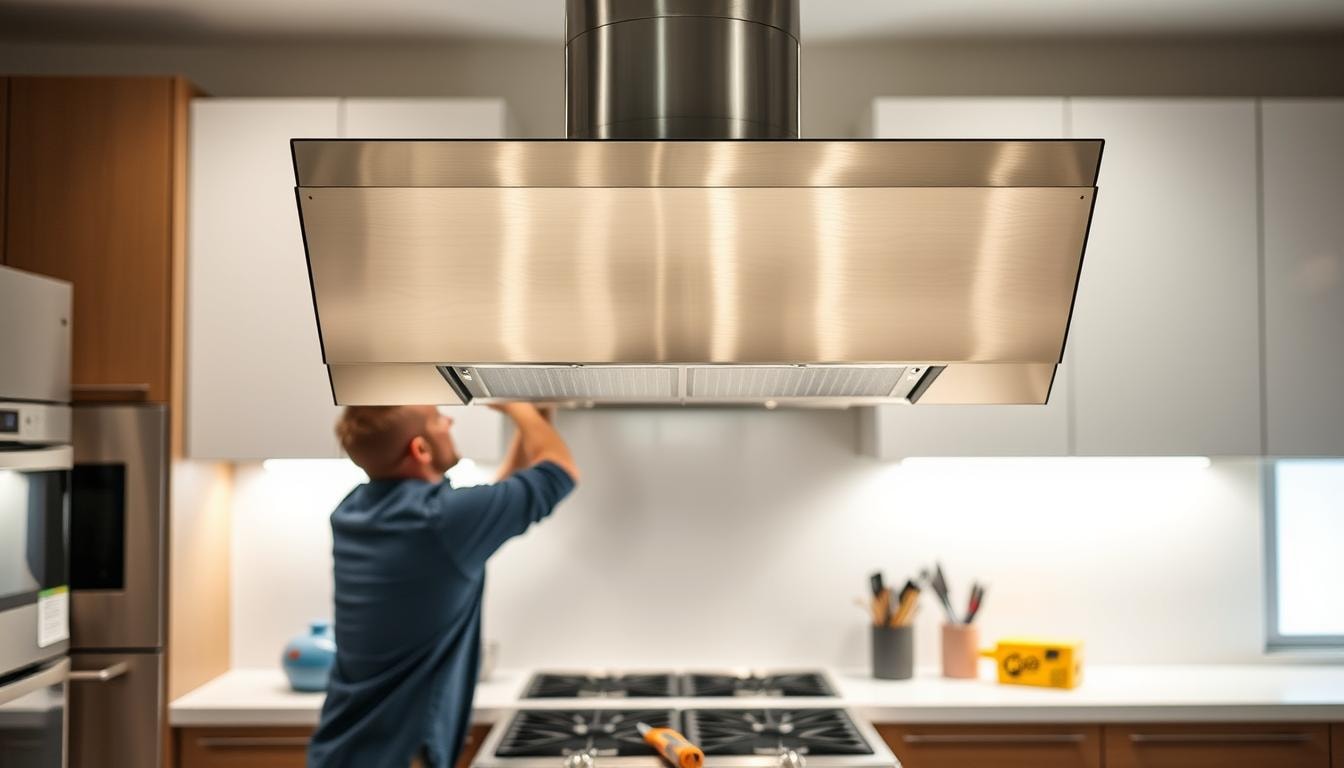
Get ready for your new range hood installation by taking a few steps. These will ensure a smooth process and contribute to the project’s success.
Inspect the installation site and remove any potential obstructions. This includes shelves, cabinets, or other items that could interfere. Your HVAC contractor will have a clear workspace to efficiently complete the task.
Turn off the power supply to the range hood before installation begins. This prevents electrical accidents and ensures safety for the contractor and your home.
These proactive measures set the stage for a successful installation. They pave the way for a seamless and efficient process from start to finish.
Proper preparation is key to a stress-free range hood installation. Clearing the area and shutting off power create an efficient experience. The result? A beautifully installed range hood that enhances your kitchen’s functionality and aesthetics.
Common Installation Challenges
Range hood installation can be tricky. It requires a skilled HVAC contractor’s expertise. Proper range hood size and placement are vital for optimal performance and safety.
Improper sizing can reduce airflow and effectiveness. Wrong placement may compromise ventilation and increase fire risks. Addressing ventilation issues is another common hurdle.
Ducted installations offer better performance than ductless systems. They require careful duct sizing and routing for efficient airflow. Incorrect duct sizing can cause airflow and static pressure problems.
Proper electrical wiring is crucial for range hood installation. A dedicated electrical line prevents interference and ensures appliance longevity. Following local building codes and safety standards is essential.
- Ensuring the correct range hood size and placement
- Addressing ventilation challenges, such as duct sizing and routing
- Properly wiring the electrical components
- Complying with local building codes and safety standards
Partnering with an experienced HVAC contractor is key. They can help navigate these installation challenges effectively. This ensures a safe range hood setup that meets cooking needs and local requirements.
Finding the Right Pro for Your Range Hood Installation
Hiring the right professional for your range hood installation is crucial. That’s where FindPros can help. Simply answer a few questions about your project, and we’ll match you with top-rated local pros who can get the job done right. With FindPros, you’ll get the best pricing when multiple pros compete for your business, and you can find the pro that you get along with best.
Whether you need to install a range hood through an interior wall, attach mounting brackets, or deal with complex ducting, FindPros has you covered. Take the stress out of your range hood project and let our network of qualified professionals handle the hood fan, electrical work, and proper installation from start to finish.
Conclusion
Hiring a pro HVAC contractor is best for range hood installation. It costs more than DIY, but ensures safety and proper function. Their expertise guarantees a smooth process that meets local building codes.
The average range hood installation cost starts at $100. Installation usually takes 2 to 3 hours. A moderate skill level is needed, so a pro HVAC contractor is your best bet.
A pro range hood installation offers many benefits. You’ll enjoy cleaner air and a tidier kitchen. It also reduces heat and humidity in your home.
An HVAC contractor’s expertise makes the cost worthwhile. You’ll get a properly working, long-lasting range vent hood system. This can even boost your home’s value.
Frequently Asked Questions (Range Hood Installation)
MOST POPULAR CITIES
Browse by State- Alameda
- Costa Mesa
- Laguna Beach
- Orange
- Alhambra
- Culver City
- Lancaster
- Oroville
- Anaheim
- Daly City
- Livermore
- Oxnard
- Antioch
- Davis
- Lodi
- Pacific Grove
- Arcadia
- Downey
- Lompoc
- Palm Springs
- Bakersfield
- El Centro
- Long Beach
- Palmdale
- Barstow
- El Cerrito
- Los Angeles
- Palo Alto
- Belmont
- El Monte
- Malibu
- Pasadena
- Berkeley
- Escondido
- Martinez
- Petaluma
- Beverly Hills
- Eureka
- Marysville
- Pomona
- Brea
- Fairfield
- Menlo Park
- Port Hueneme
- Buena Park
- Fontana
- Merced
- Rancho Cucamonga
- Burbank
- Fremont
- Modesto
- Red Bluff
- Calexico
- Fresno
- Monterey
- Redding
- Calistoga
- Fullerton
- Mountain View
- Redlands
- Carlsbad
- Garden Grove
- Napa
- Redondo Beach
- Carmel
- Glendale
- Needles
- Redwood City
- Chico
- Hayward
- Newport Beach
- Richmond
- Chula Vista
- Hollywood
- Norwalk
- Riverside
- Claremont
- Huntington Beach
- Novato
- Roseville
- Compton
- Indio
- Oakland
- Sacramento
- Concord
- Inglewood
- Oceanside
- Salinas
- Corona
- Irvine
- Ojai
- San Bernardino
- Coronado
- La Habra
- Ontario
- San Clemente
